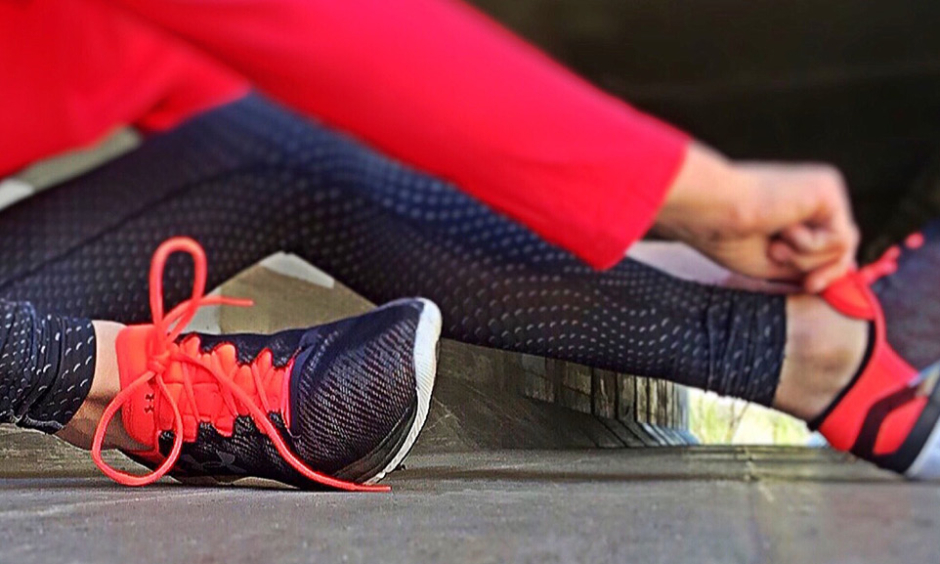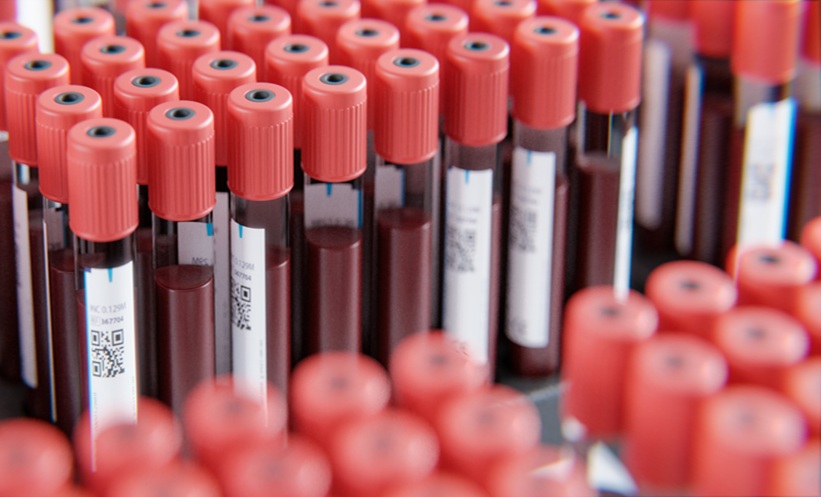PELVIC FLOOR MUSCLE (PFM) training is commonly used to control overactive bladder, which is a very common form of urinary incontinence. The results of a new investigation into the role of PFM training in the control of overactive bladder highlight the benefit of the training technique in the control, and in some cases reversal, of symptoms. The investigators were examining overactivity in the detrusor muscle, which has been associated with overactive bladder symptoms because the muscle aids the movement of urine out of the bladder.
The study, conducted at Hospital Universitário Maria Aparecida Pedrossian, Universidade Federal de Mato Grosso do Sul, Campo Grande, Brazil, involved the recruitment of two groups of women. The first group contained 18 overactive bladder patients with symptoms associated with multiple sclerosis; 80% of multiple sclerosis patients exhibit neurogenic bladder symptoms. The second group contained 17 women with idiopathic overactive bladder. Despite the different causes of the disease, the patients experienced similar symptoms, determined through the use of a standard overactive bladder questionnaire.
As part of the study, the women were required to complete a 15-second PFM contraction during detrusor muscle overactivity. Analysis of the results showed that PFM contraction reduced the pressure caused by the activity of the detrusor muscle. A significant response was seen in both patient groups; however, the median decrease in detrusor muscle overactivity was 69% in the idiopathic group compared with 34% in the multiple sclerosis group. In total, 8 women in the idiopathic group experienced a reversal of symptoms as a result of the study, compared with 3 women in the multiple sclerosis group. The two results combined highlight the great level of detrusor muscle overactivity in multiple sclerosis patients.
The study highlights how a simple exercise can have beneficial effects on the progression of overactive bladder and can lead to a reversal of symptoms. However, the results also show the work that needs to be done to aid multiple sclerosis patients.








